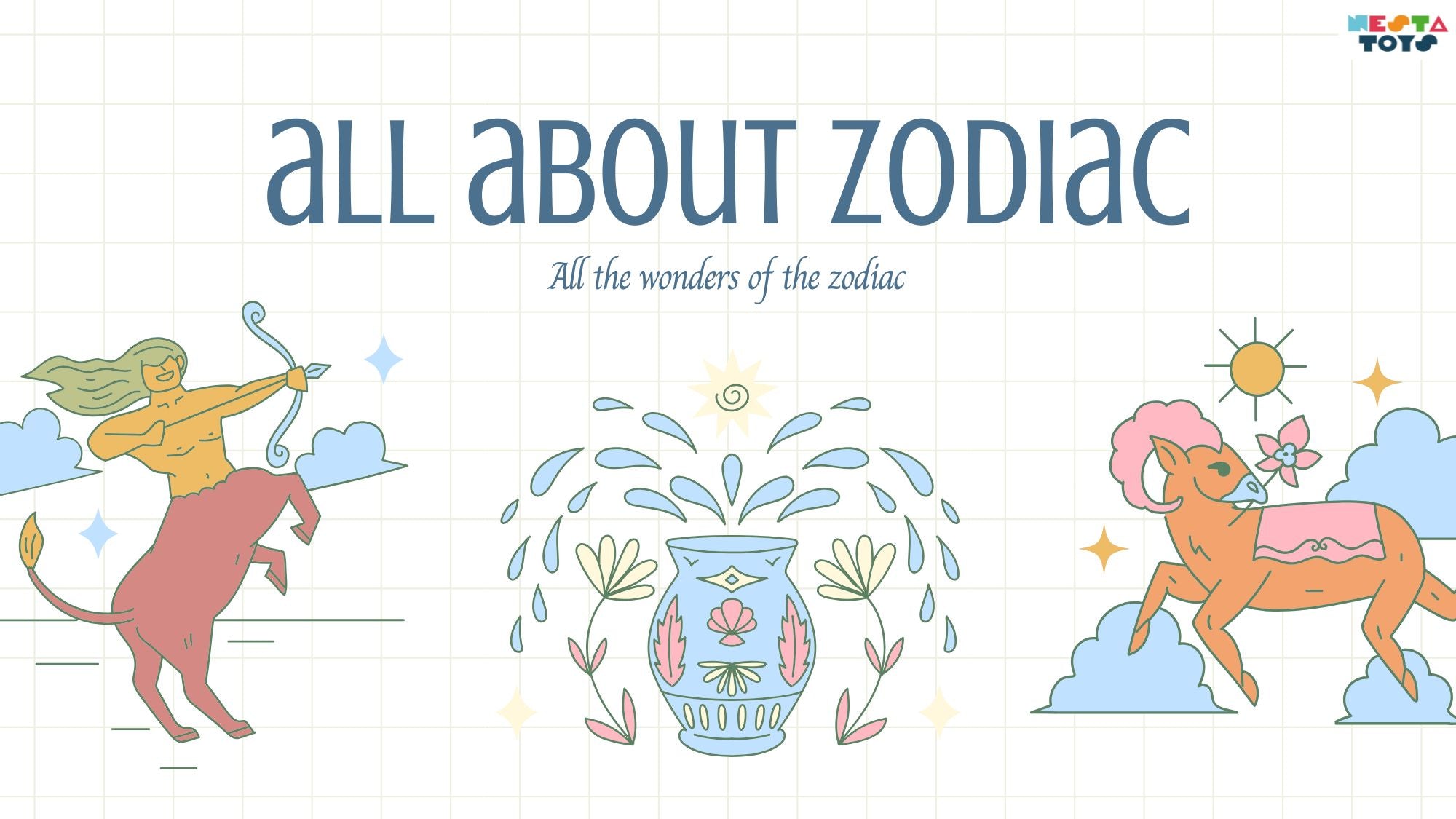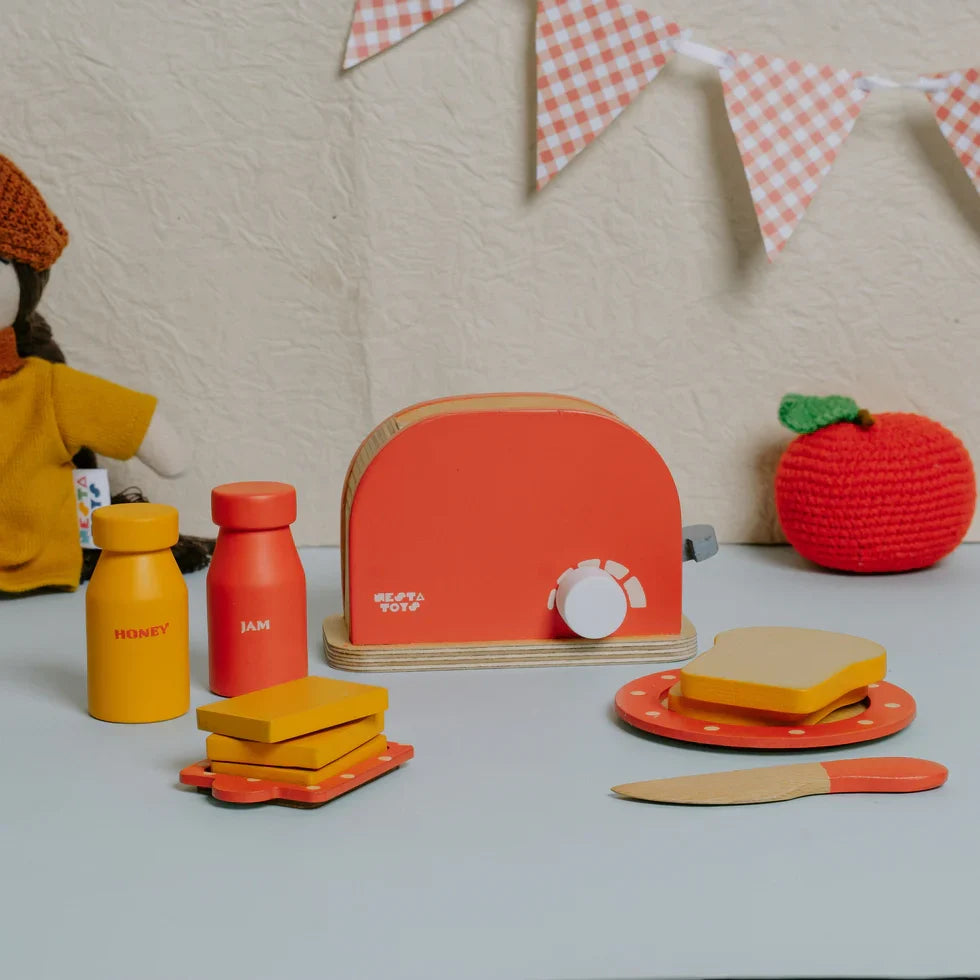Early Learning
Best & Thoughtful Bhai Dooj Gifts for Your Brother or Sister
Bhai Dooj celebrates the special bond between brothers and sisters, a day filled with love, sweets, and heartfelt gifts. From personalized keepsakes to fun and educational toys from Nesta Toys, this guide features the best and most thoughtful Bhai Dooj gifts for 2025. Make your sibling feel cherished with meaningful presents, sweet treats, and creative surprises that create lasting memories!
Learn more100+ Heartfelt Diwali Wishes for Friends & Family
Celebrate the Festival of Lights with warmth and joy! Discover 100+ heartfelt Diwali wishes, quotes, and captions in Hindi and English for 2025 — perfect for friends, family, colleagues, and social media. From spiritual blessings to funny Instagram lines, share the glow of Diwali with words that spread love, light, and positivity this festive season.
Learn more101+ Best Navratri Wishes and Messages for Family & Friends
Navratri is a festival of devotion, dance, and divine blessings, celebrated over nine nights in honour of Maa Durga. Families and friends across India come together to worship, perform rituals, and share heartfelt greetings during this sacred time. Exchanging wishes not only spreads joy but also strengthens bonds of love and positivity. Whether you are sending a WhatsApp message, writing a festive note, or posting on social media, the right words make the celebration more meaningful. Here, we bring you 101+ best Navratri wishes and messages to share with your family and friends.
Learn more120+ Short & Sweet Birthday Wishes For Your Son
A son’s birthday is always a special milestone, whether he’s a little boy, a teenager, or a grown man. Parents often look for the right words to express their love, pride, and joy—and short, sweet wishes are the perfect way to do it. In this post, you’ll find 120+ heartfelt, funny, religious, and simple birthday wishes for your son that work beautifully for greeting cards, WhatsApp messages, and social media captions.
Learn moreTeachers’ Day : Why It’s Celebrated and Heartfelt Wishes to Share
Each year on September 5, India celebrates Teachers’ Day—a tribute to the mentors who shape young minds, instill values, and inspire the next generation to dream, learn, and achieve. It’s a day to honor their dedication, patience, and guidance, and to express heartfelt gratitude with simple gestures, warm wishes, or thoughtful messages that acknowledge the timeless impact teachers have on our lives.
Learn more51+ Happy Teachers’ Day Wishes and Heart Touching Quotes
Teachers’ Day is a time to celebrate the mentors who inspire, guide, and shape our lives with wisdom and care. Teachers’ Day 2025 is the perfect opportunity to thank those who devote their lives to shaping young minds and creating brighter futures. In this blog, you’ll find 51+ heartfelt wishes and touching quotes to honor teachers, mentors, and gurus. Spread these messages to make your Teachers’ Day wishes heartfelt, meaningful, and unforgettable.
Learn more21+ Fun & Heartwarming Ways to Celebrate Teachers on Teachers’ Day
Teachers’ Day is the perfect occasion to express gratitude to the mentors who shape our lives. From creative classroom surprises to heartfelt gestures, there are countless ways to celebrate. In this blog, discover 21+ fun and heartwarming ideas to make your teachers feel truly special and appreciated on their big day.
Learn more51+ Teachers’ Day Greetings, Wishes & Quotes to Show Gratitude
Teachers’ Day is the perfect time to thank the mentors who guide and inspire us. Celebrated on September 5th, it’s a day to honor their hard work, patience, and wisdom. In this blog, we’ve put together 51+ heartfelt wishes and quotes for Teachers’ Day to help you share your gratitude in the most meaningful way.
Learn more101 Thoughtful Wishes and Quotes for Teachers’ Day
Teachers are the guiding stars in every student’s life, shaping our future with patience, dedication, and passion. Teachers’ Day is the perfect occasion to show gratitude and admiration for all they do. Whether through a heartfelt wish or an inspiring quote, a few kind words can make their day special. From sweet messages to meaningful quotes, expressing appreciation honors the mentors who light the way, encourage growth, and leave a lasting impact on students’ hearts and minds.
Learn more












